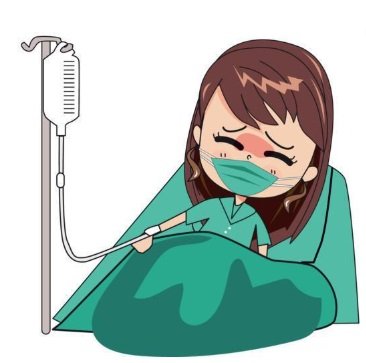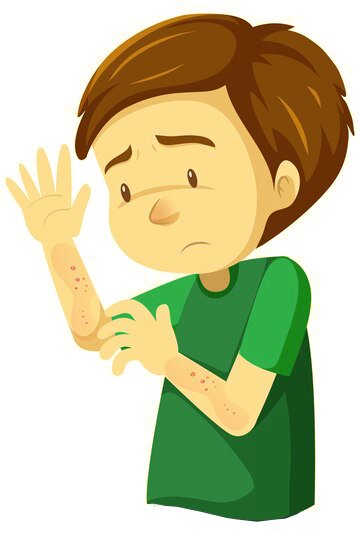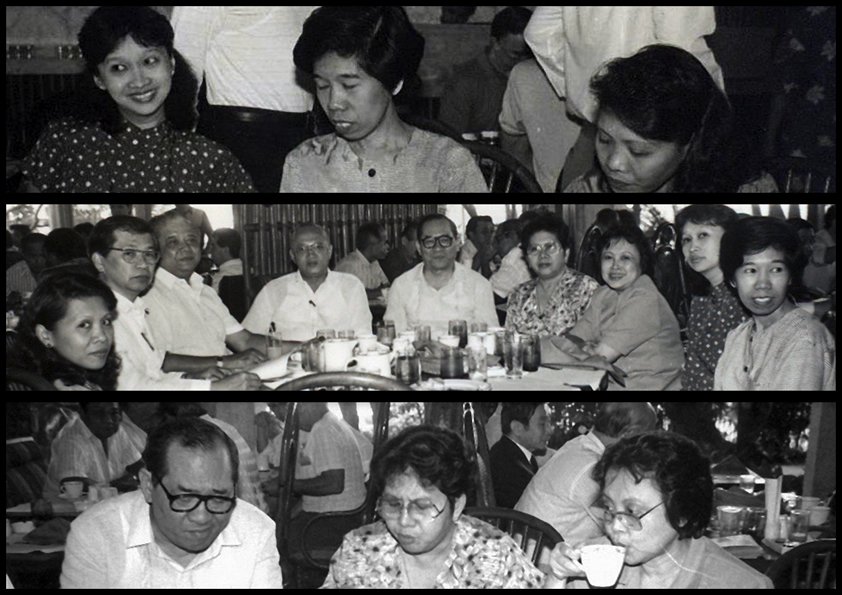By: Dr. Cavannah Liu, Dr Janelle Marquez and Dr Marvin Bondoc
Have you encountered patients with severe hyperthyroidism or thyroid storm who had adverse reactions to antithyroid medications? What treatment options are available?
PATIENT #1

A 33-year-old female with Graves’ disease developed agranulocytosis two months after starting methimazole. As a result, she was prescribed lithium carbonate and sacubitril-valsartan due to heart failure secondary to thyrotoxic heart disease. Unfortunately, one week after starting these medications, she experienced acute kidney injury, hypotension, nausea, vomiting, loose bowel movements, and generalized body weakness.
She was then admitted to the hospital with a Burch-Wartofsky Point Scale score of 45 and was managed for thyroid storm. Given her symptoms and clinical risk factors—including intentional lithium carbonate ingestion alongside an angiotensin receptor blocker and dehydration—she was also treated for severe lithium toxicity, despite an initial lithium level of 1.5 mEq/L.
To manage the lithium toxicity, she underwent hemodialysis, and for the thyroid storm, she received three sessions of therapeutic plasma exchange to stabilize her condition until she could receive definitive treatment with radioactive iodine. Eventually, she was discharged in improved condition.
Patient #2

An 18-year-old male was admitted with a one-month history of painless jaundice, characterized by pale stools, tea-colored urine, and generalized itching. He reported easy fatigability, tremors, heat intolerance, episodic bilateral lower extremity weakness, and irritability over the past year.
Thyroid function tests revealed elevated free T4 and low TSH levels, with a Burch-Wartofsky Point Scale score of 45, indicating thyroid storm. His bilirubin and liver enzyme levels were significantly elevated.
Investigations excluded common causes of liver dysfunction, and he underwent therapeutic plasma exchange while awaiting results. Tests showed a normal hepatitis profile and no signs of heart failure or biliary obstruction.
Uncontrolled hyperthyroidism was identified as the cause of the acute liver injury, and he was treated with methimazole. The patient’s condition improved, and he later underwent radioactive iodine therapy.
————
In conclusion, a high suspicion for thyroid storm should be maintained in thyrotoxic patients displaying systemic decompensation, as it affects multiple organ systems. In cases of acute liver impairment related to thyrotoxicosis, it’s crucial to investigate underlying mechanisms. If hyperthyroidism is the cause, initiating antithyroid medications may improve outcomes.
Therapeutic plasma exchange can help stabilize patients before definitive treatment, especially those with severe adverse reactions to antithyroid drugs. This approach is indicated for severe symptoms, neurological manifestations, rapid deterioration, or contraindications to conventional therapies.



